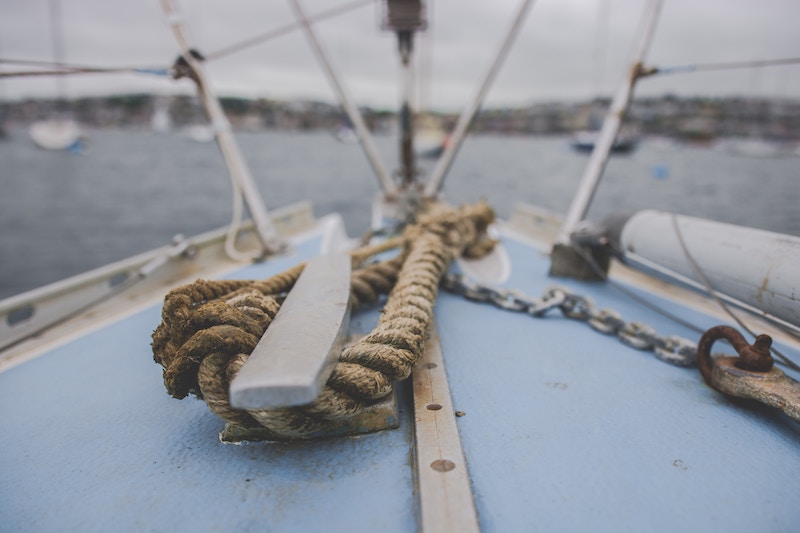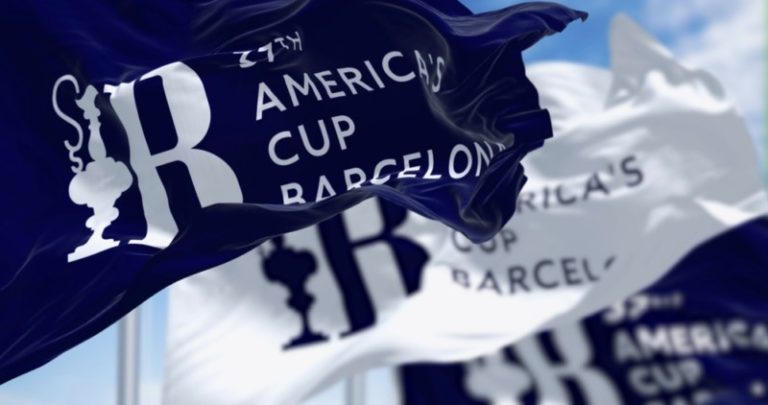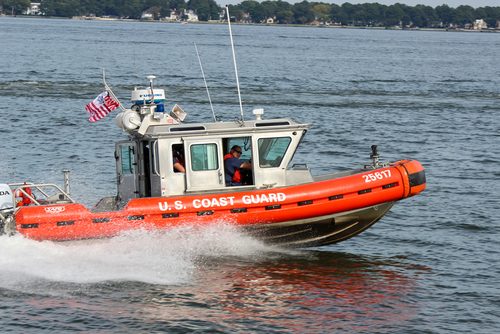While you’re just going for a quick sailing trip around the lake or you’re planning to sail out on an ocean passage, there are some basic sailing knots that you should know.
Considering the different situations that a beginner or an advanced sailing enthusiast can discover offshores, this guide is the must know for all sailors dealing with knots.
The essential sailing knots to know before hitting the waters.

Bowline
The bowline is considered the most useful knot on a sailboat. It basically makes a fixed noose at the line’s end that cannot slip or run. It is commonly used to secure sheets to the headsail’s clew. It is considered also the best for rescue ropes. Moreover, two bowline knots can be used for connecting two lines. The bowline is crucial to know before to go on your first sailing trip because regardless of how tight it becomes once it is loaded, it is always easy to untie it.
Figure-8 knot
The figure-8 serves the purpose of an essential stopper knot. Regardless of the strain put onto it, a figure-8 knot won’t bind up and is secure. In other words, untying this will also be easy. This kind of knot is mainly used to stop a line from running.
Clove hitch
This handy knot is as important as the bowline knot. It is ideal for temporarily tying things up and works the best on cylindrical surfaces such as a stanchion or a pole. The greatest advantage of this knot is that you can adjust it easily at any time. So, if your line is too short or too long, then you can fix it without any trouble. One of its most popular uses is hanging the fenders over the side once you go to dock. However, the clove hitch does tend to slip, so you must be careful.
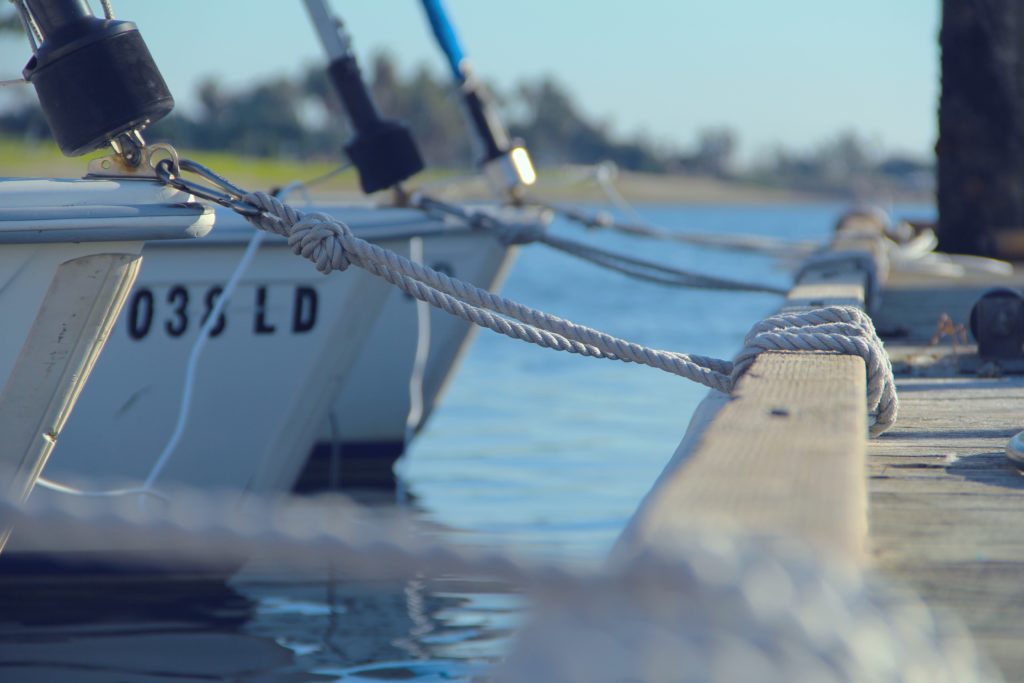
Stopper knot
Also known as a double overhand stopper knot, this kind of knot is used to prevent a line from pulling through a rope or block clutch. Unlike the figure-8 or simple overhand knot, this one doesn’t come loose easily.
Sheet bend
Most sailors prefer using a square knot to tie two lines together. Although, when they’re not under load, these usually come loose. The sheet bend, nevertheless, is considerably more secure and easy to untie. It also works much better when you need to tie together two lines with unequal diameter.
Two half hitches
The name of this knot is pretty self-explanatory. It involves one half hitch which is then followed by another half hitch. Not only are two half hitches easy to tie, but they also form a running noose that can be made smaller or bigger without any struggle. This knot is the best for tying a line tightly around any object. You can also combine it with a round turn to secure a dock line to the piling. Similarly, you can use two half hitches on a clove hitch to ensure the fender whip doesn’t slip.
Cleat hitch
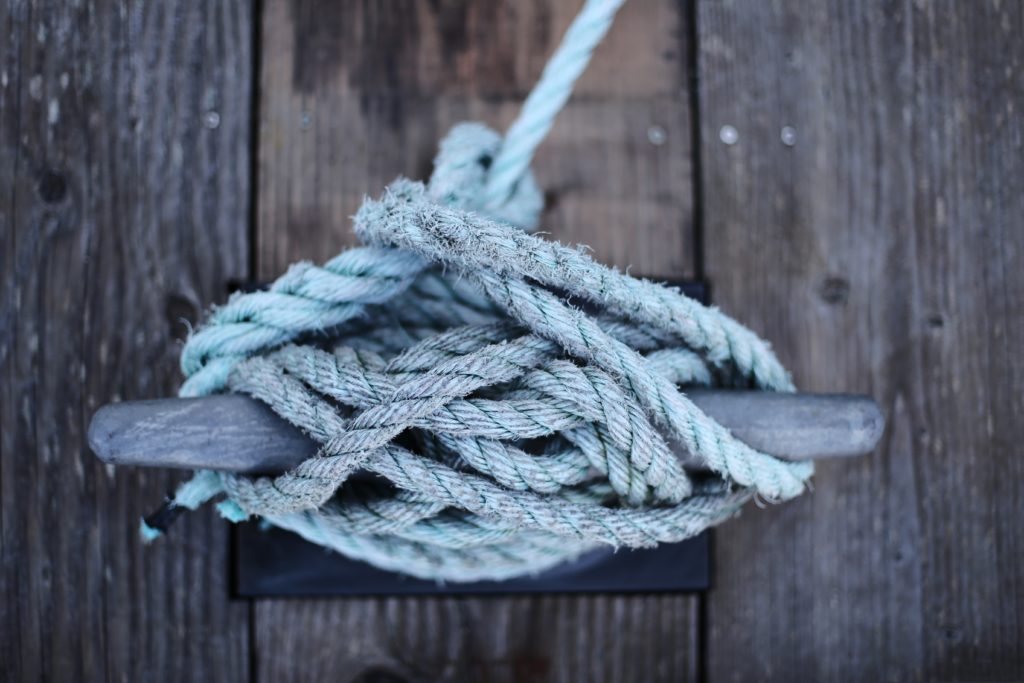
The present cleats are all over the sailboat’s deck just like the cleats over the deck. When you dock, you tie your boat to these cleats. Similarly, while sailing, you tie your dinghy to cleats. To get off your boat, you’ll need to learn how to make a cleat know to secure the dock lines to the cleat. This is well known as designed for all the time use, either docking, towing a dighny or trapping a shutter
Other important knots
There are two more knots that will be beneficial to know for your everyday sailing vocabulary.
The first is the square knot or the reef knot. You can do it easy and quick by using to join two ropes together temporarily. It is ideal to be used when stability and safety aren’t critical, like when securing a sail cover.
The second is the rolling hitch. This knot comes in handy when a line is stuck on a winch drum due to riding turns. It is designed not to slip. The rolling hitch will also help to keep a line secured to any vertical cylindrical object to prevent it from slipping. Moreover, it can be used for forming an adjustable noose that will stay in its place when it’s under load.
